The art therapy session, “Four Frames of My Story”, held on July 1, 2025, at the Centre for Contemporary Art of Poltava Polytechnic, created a profound and meaningful space for working with participants’ narratives.
The moderators of the session were Olena Ostrohliad, Senior Lecturer in the Department of Fine Arts, and Olena Kryvenko, Assistant in the Department of Psychology and Pedagogy and a Practising Psychologist at Poltava Polytechnic.
This event aimed to help each participant symbolically comprehend their life experience, integrate the past, live through the present, and glimpse into the imagined future. At the heart of the session was the metaphor of a short comic strip or a sequence of scenes composed of four visual frames. This approach enabled participants to structure their personal stories by dividing them into logical, emotionally saturated fragments, while simultaneously creating a coherent narrative canvas.
Each participant had the opportunity to independently choose what to depict in each of the four frames, being offered only a general guideline: a starting point, a key challenge, the process of overcoming, and a symbolic future. This process opened the door to processing complex experiences, especially those related to the traumatic reality of war. By breaking the story into parts, participants were able to approach painful events in a safe and fragmented way, without experiencing emotional overload. Moreover, under the influence of trauma, people often lose the sense of coherence and logic in their narrative. Visualising the four stages helped participants see their experience as a sequential process, encompassing development, movement, and the ability to influence their future. This restored a sense of control and shaped a perspective in which healing became a real and attainable goal.
The final frame, dedicated to dreams, resources, or hope, became a kind of visualisation of internal strength. It gave rise to the symbolism of light, renewal, and self-belief. This not only shifted the focus from pain to potential but also activated a search for personal resources: participants discovered within themselves what could serve as a source of support in difficult times.
A key component of the session was the use of visual language. Drawing, colour, line, and shape all served as means of metaphorically expressing emotions that are often difficult or impossible to put into words. This approach is efficient for people who have experienced trauma, as it allows internal experiences to be transformed into external images that can be seen, understood, and processed.
During the session, Olena Kryvenko created a space of trust where each person could freely seek help if the experience became too intense or difficult to manage. A crucial aspect was the delicate guidance of the group through all stages of the exercise, from immersion in memories to the awareness of emotions and the transition to a resourceful state. The practical psychologist not only helped participants become aware of their experiences but also facilitated their reflection on the new experiences in a safe and supportive environment. She also helped them gently exit from the deep internal process, gathering scattered fragments of experience into something whole and renewed. Her presence seemed to translate the created story from the language of images into the language of sensations and meanings, so that everyone could leave the practice not only with a drawing, but also with a sense of inner shift, fragile yet fundamental transformation.
The uniqueness of this art therapy event also lay in the fact that each personal work was created in the presence of others. Despite the individual nature of the task, the group format of the session fostered an atmosphere of support and unconditional acceptance. Participants who wished to share their stories could do so, hear feedback, and see how much they had in common with others' experiences. This created a sense of community, where not only one's own story mattered, but also sincere empathy for others.
The session “Four Frames of My Story” once again demonstrated the effectiveness of art therapy as a tool for emotional recovery. It helped participants see their path, make sense of challenges, actualise inner strength, and outline dreams worth pursuing.
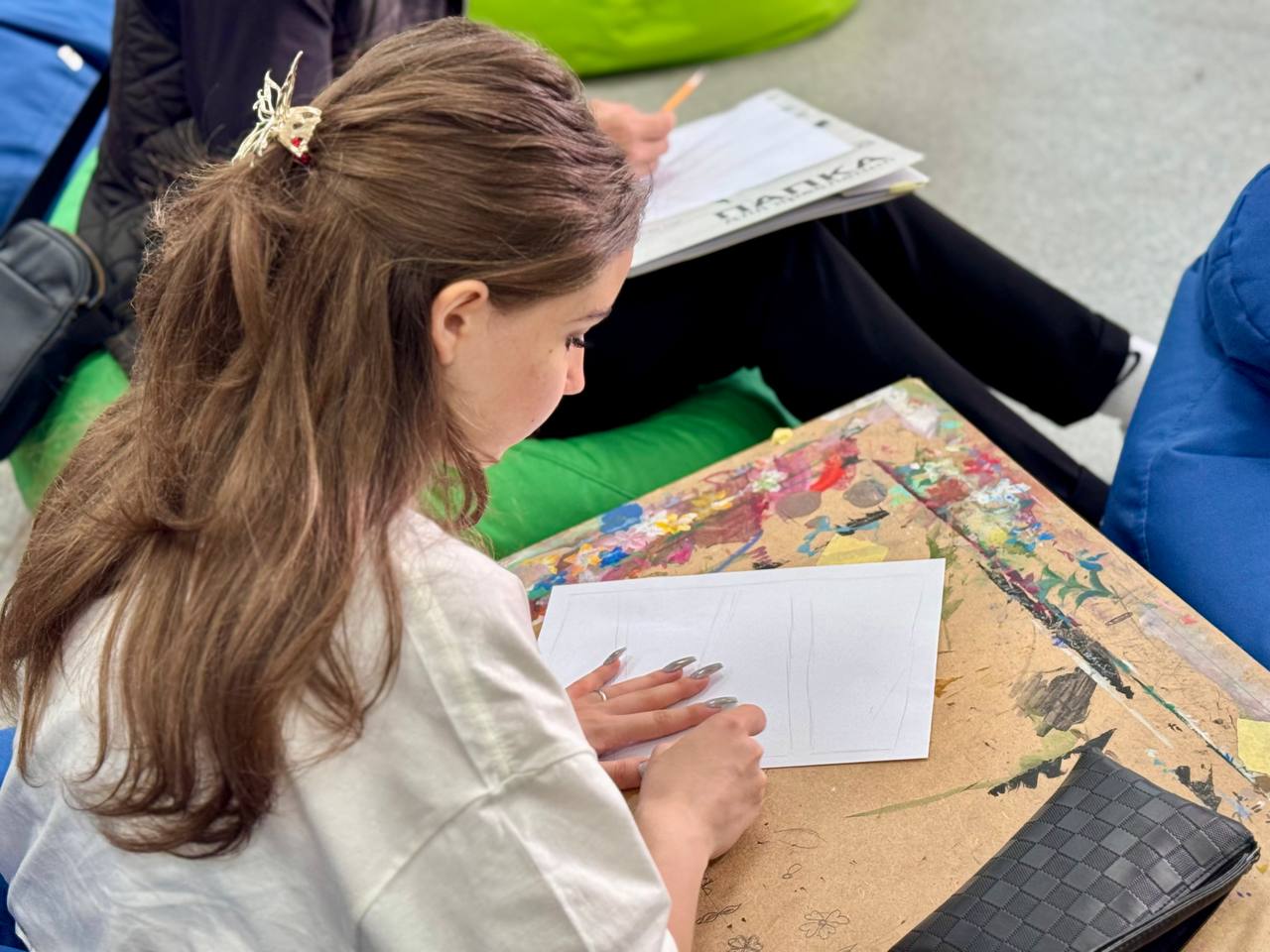
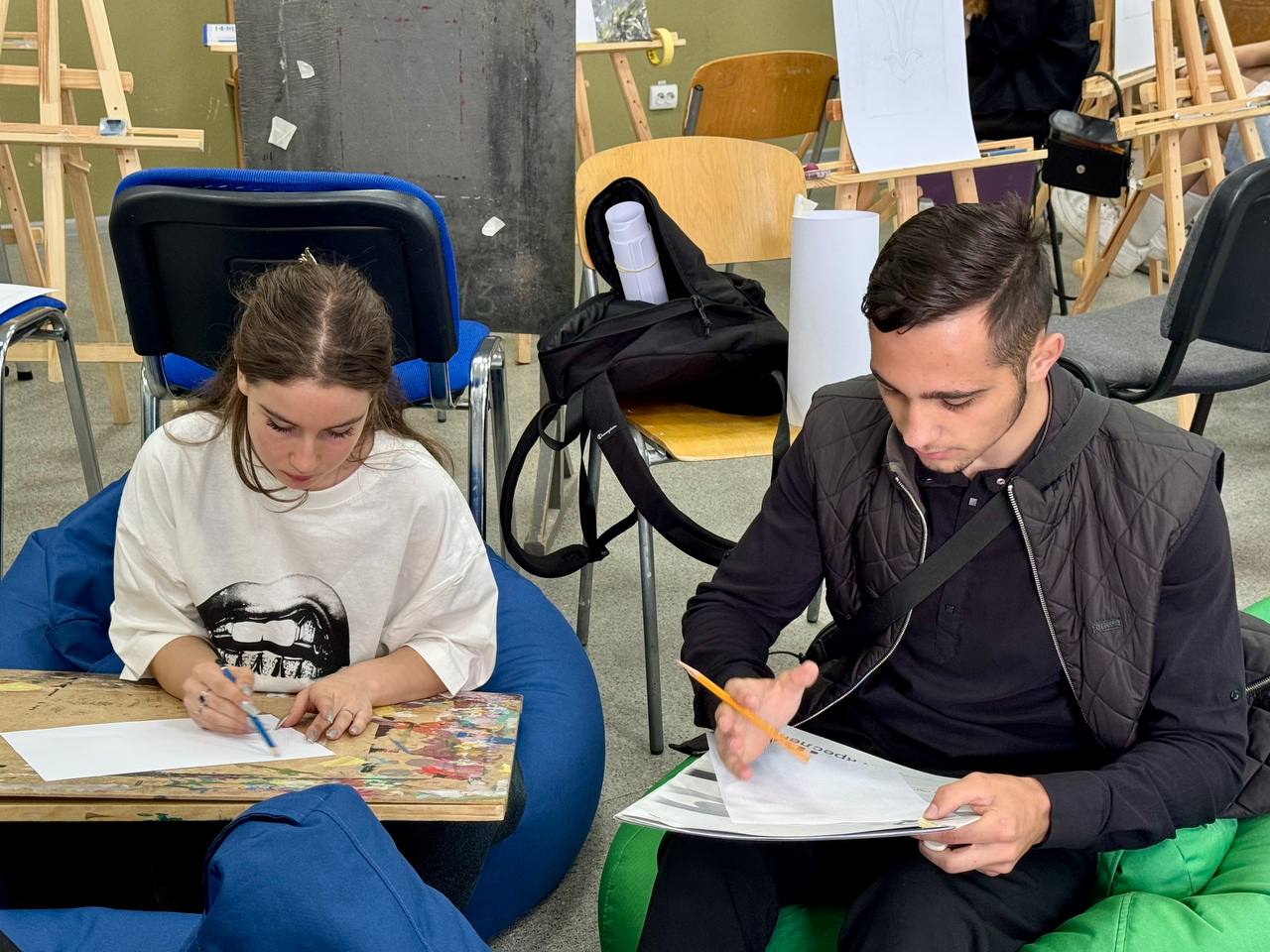
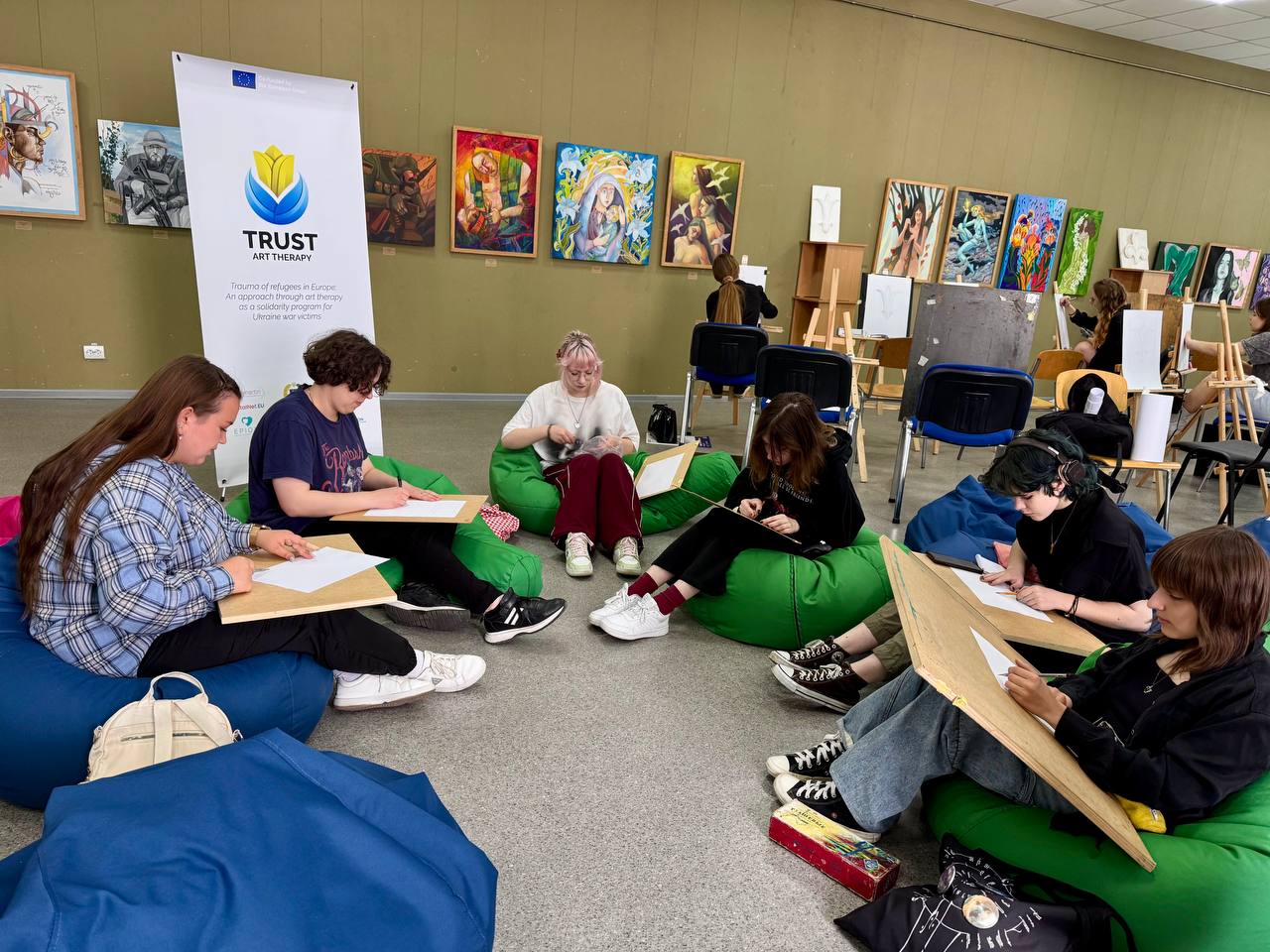
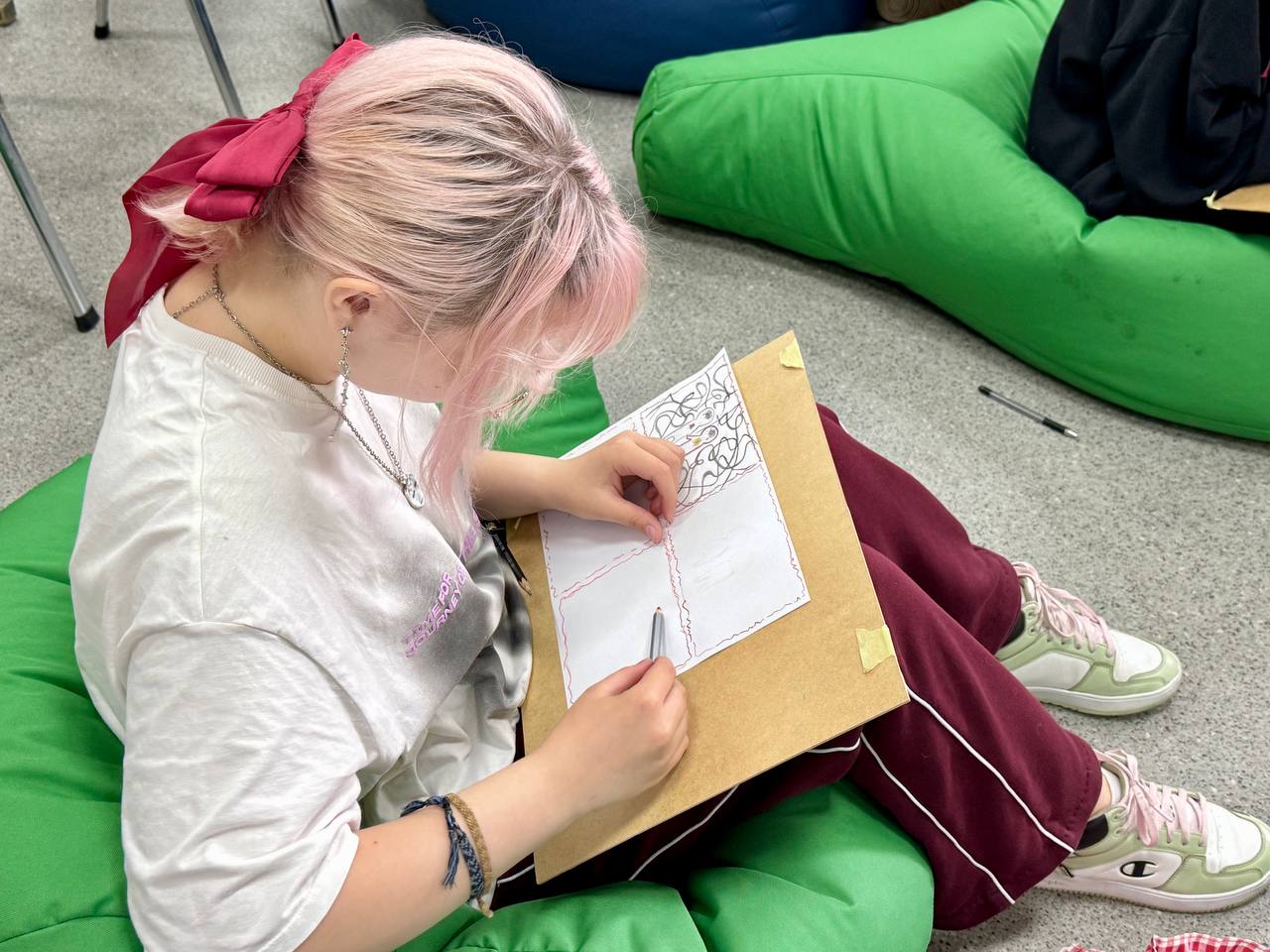
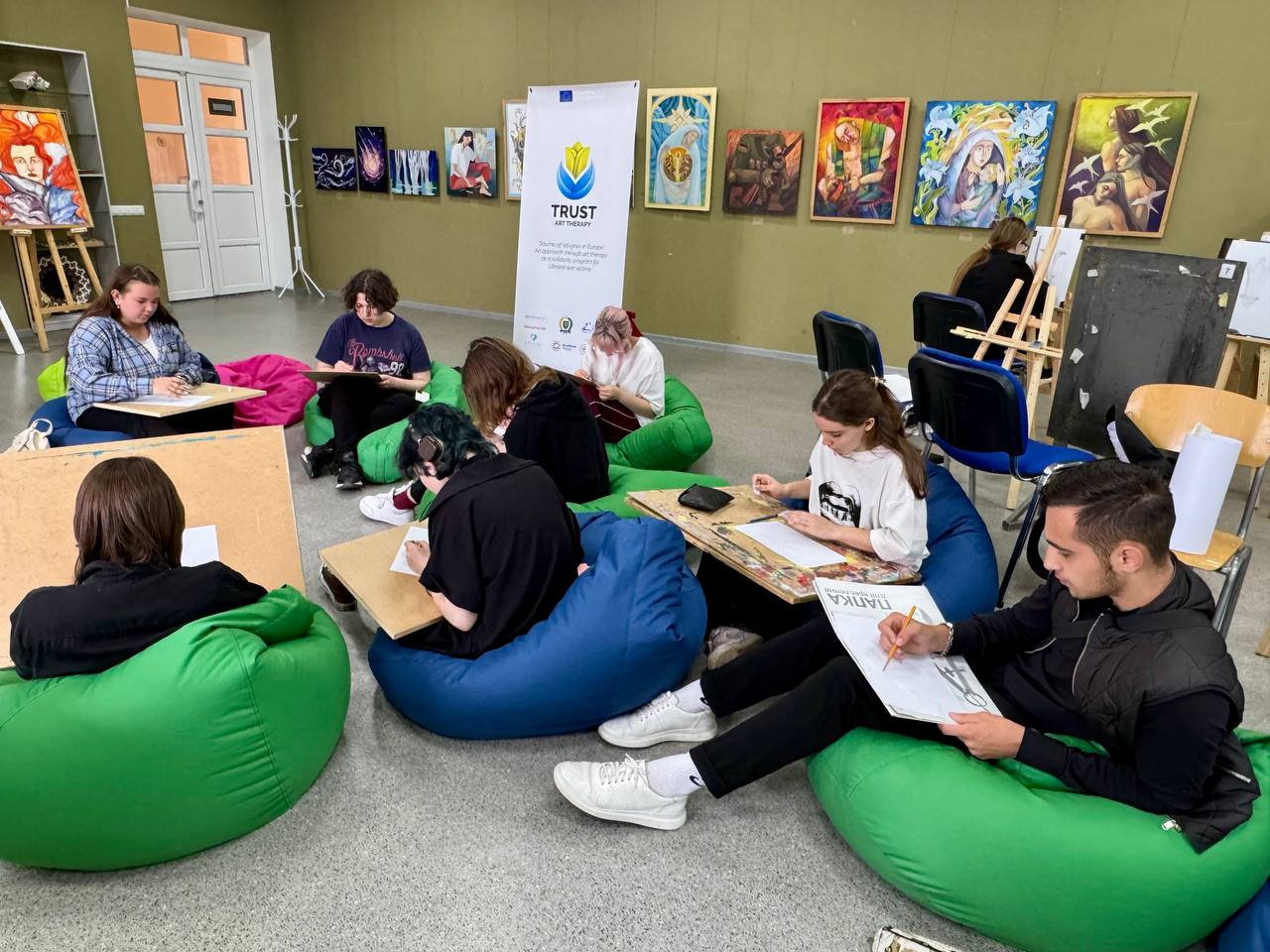
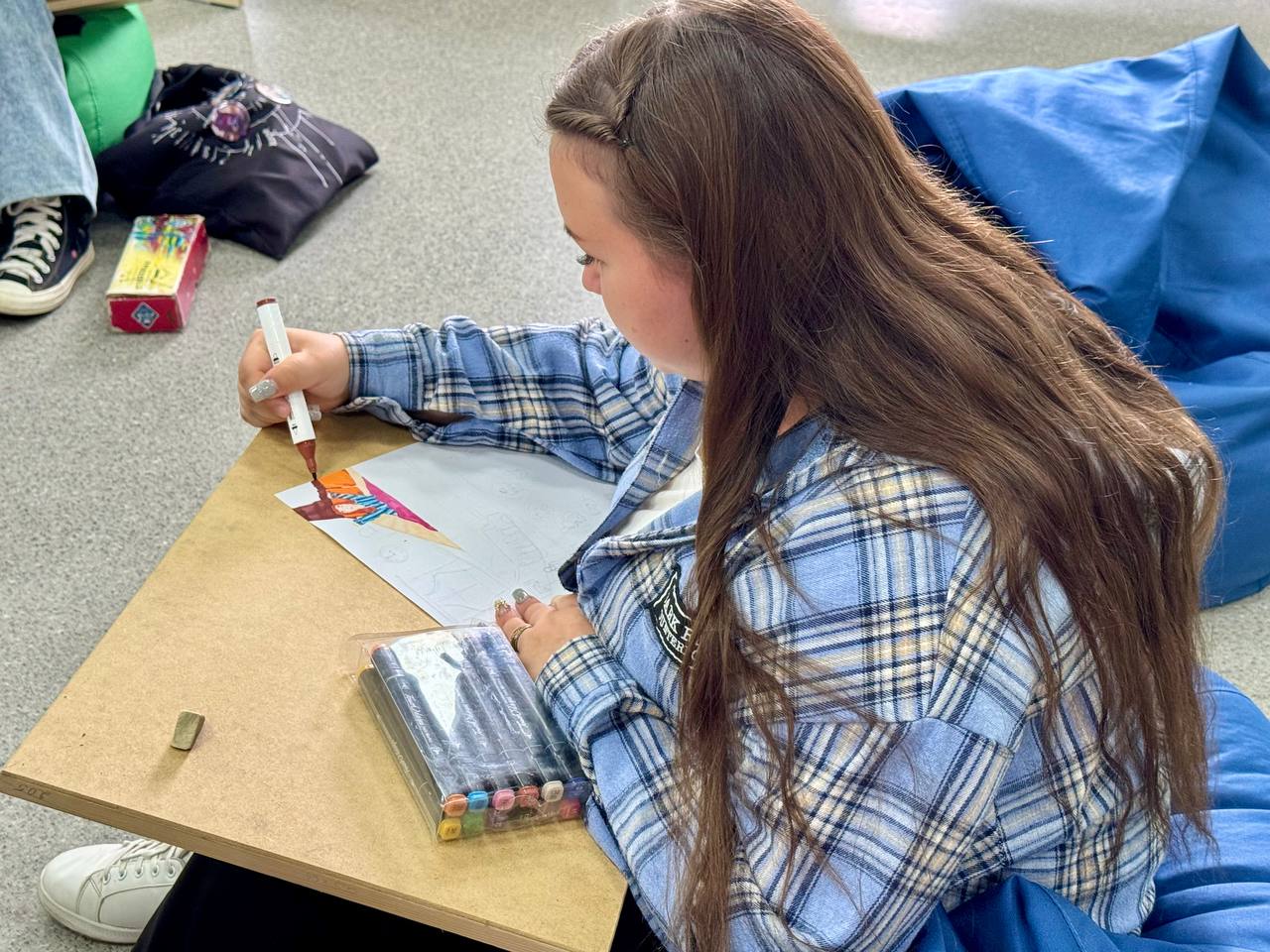
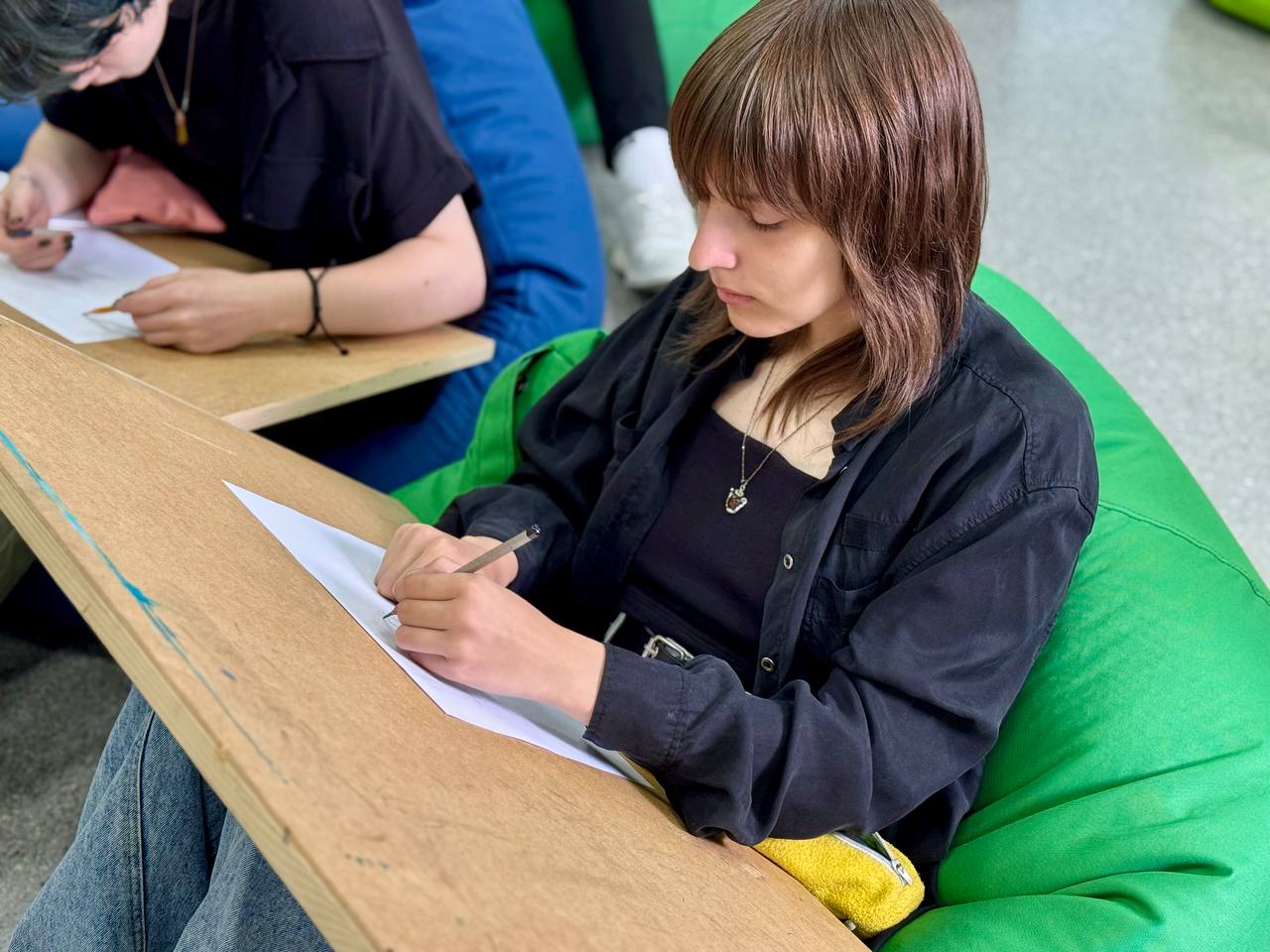
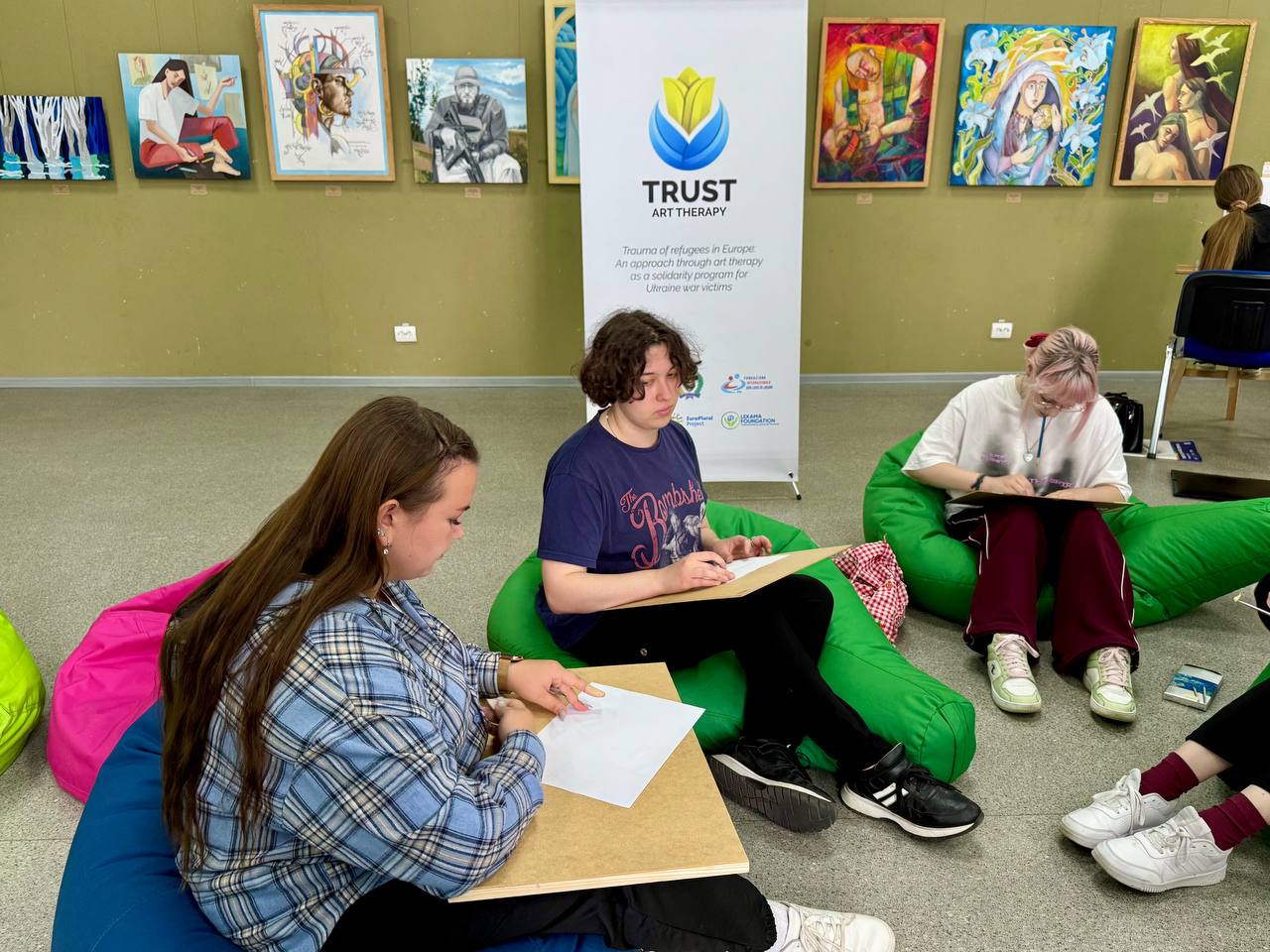
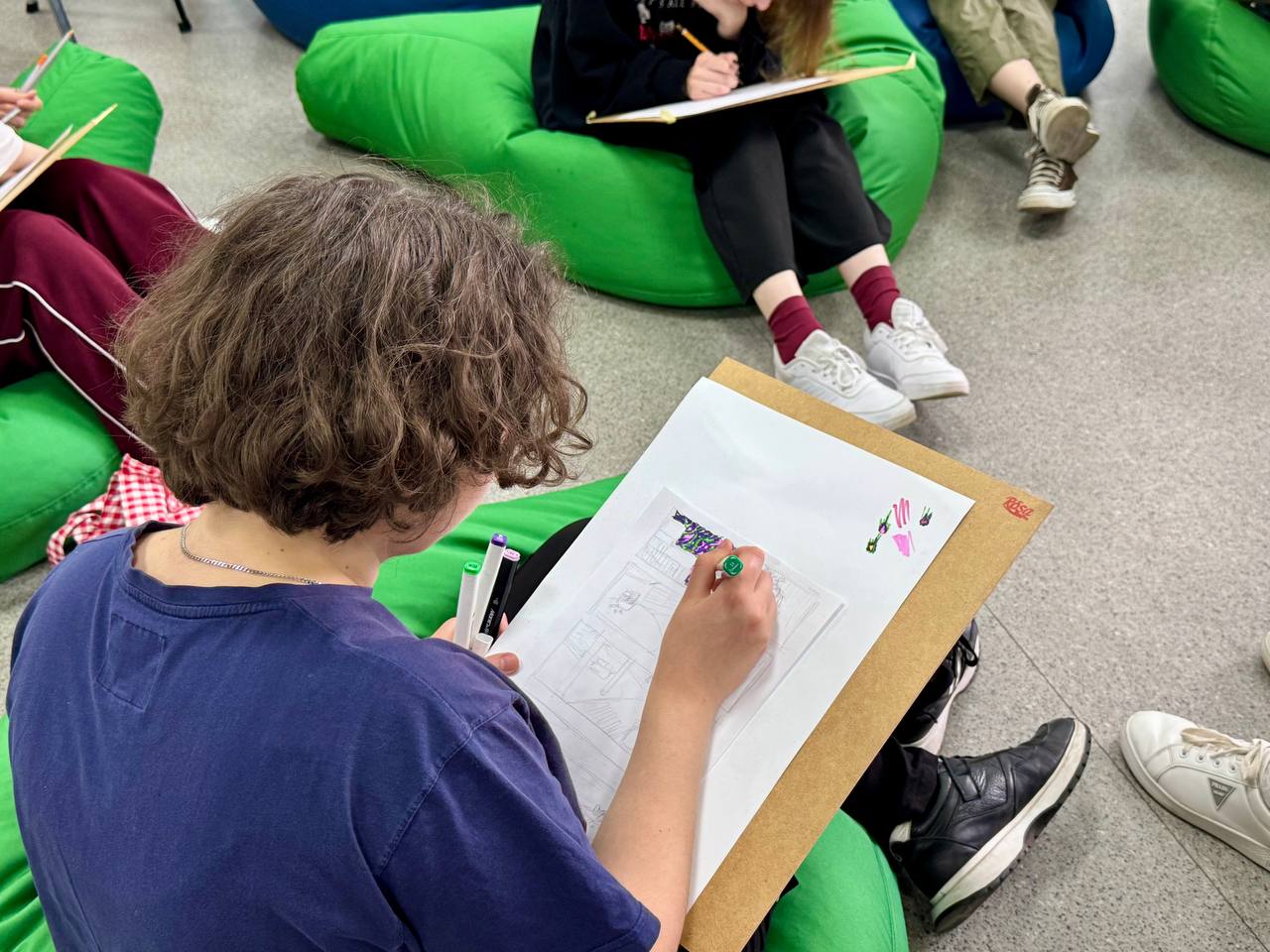
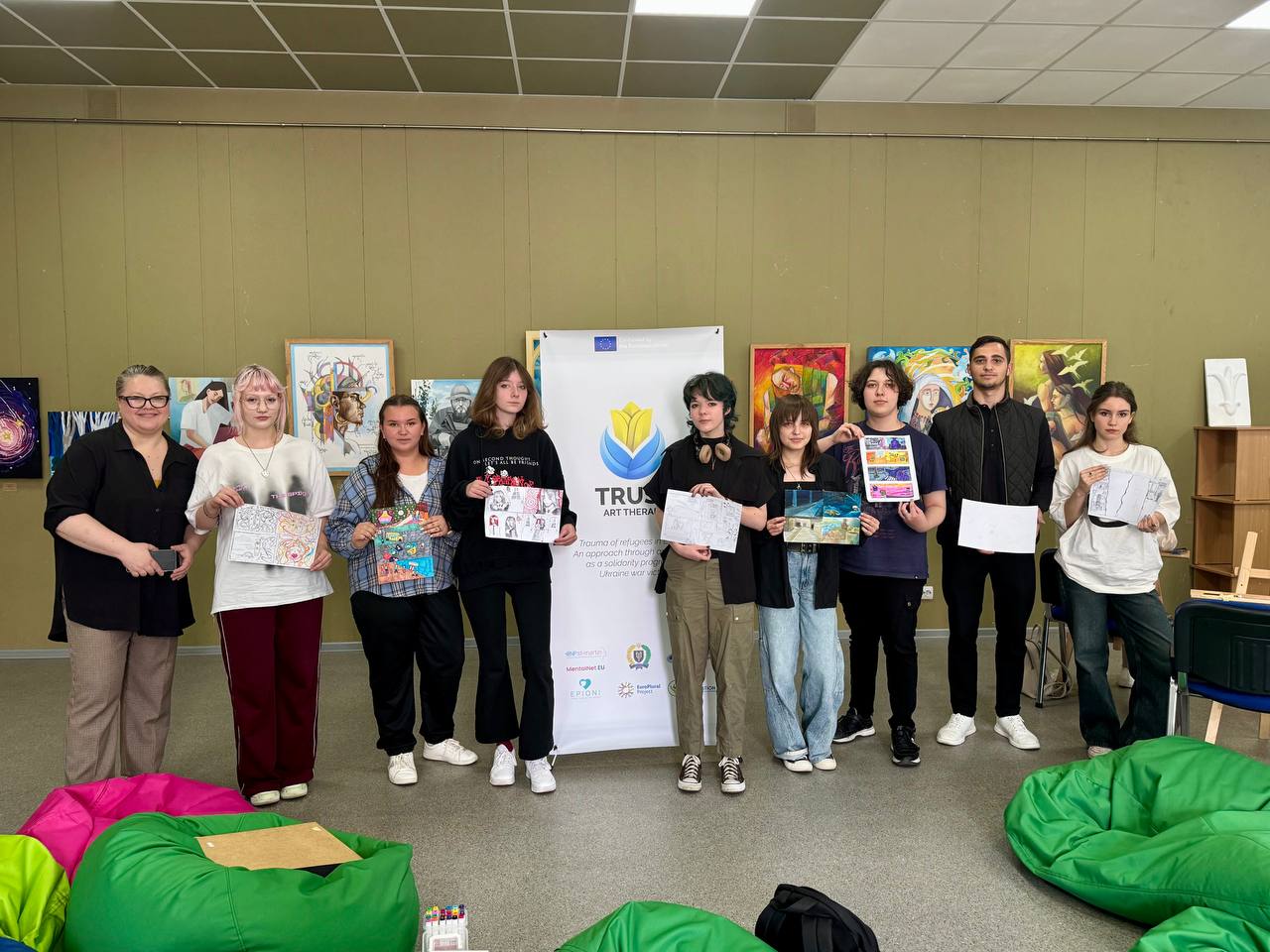
The event formed part of the international, large-scale EU-funded Erasmus+ KA220-ADU project “TRUST” – Trauma of refugees in Europe: An approach through art therapy as a solidarity program for Ukraine war victims (Grant No. 2024-BE01-KA220-ADU-000257527).
The project title is decoded as follows:
TRUST
T – Trauma
R – Refugees
U – Ukraine
S – Solidarity
T – Therapy
The project is co-funded by the EU and led by the Centre Neuro Psychiatrique St-Martin from Belgium, in partnership with the National University “Yuri Kondratyuk Poltava Polytechnic” (Ukraine), Greek Carers Network EPIONI (Greece), Fondazione Don Luigi Di Liegro (Italy), Lekama Foundation (Luxembourg), EuroPlural Project (Portugal).
Looking ahead, further art therapy events under the TRUST initiative will unveil new trauma-focused techniques and deepen self-help practices. After all, art is not only about beauty – it is about the power to live, even when life shifts. It is about the inner resource that sustains us when the ground seems to slip away beneath our feet.
Media Centre of
National University “Yuri Kondratyuk Poltava Polytechnic”



